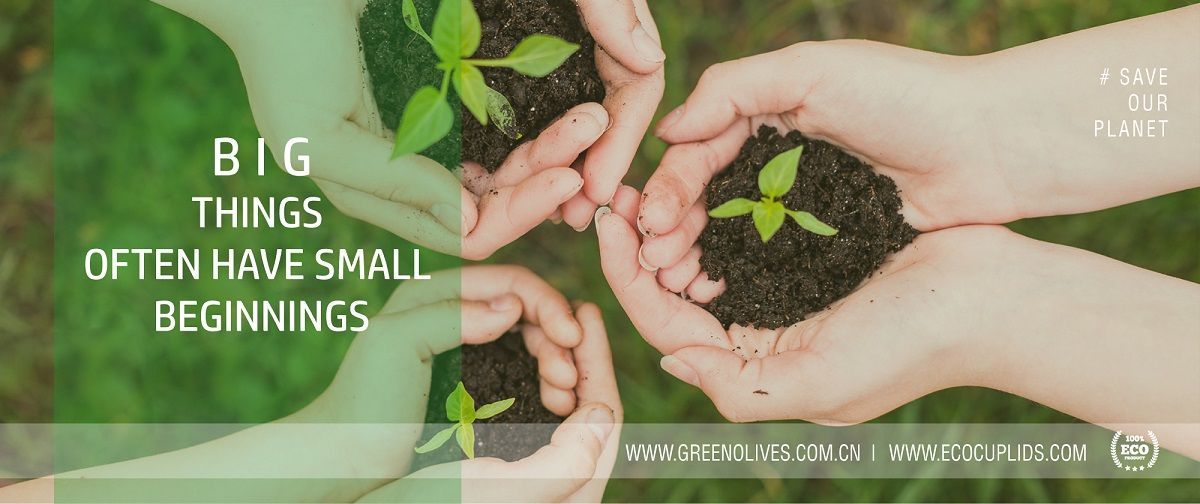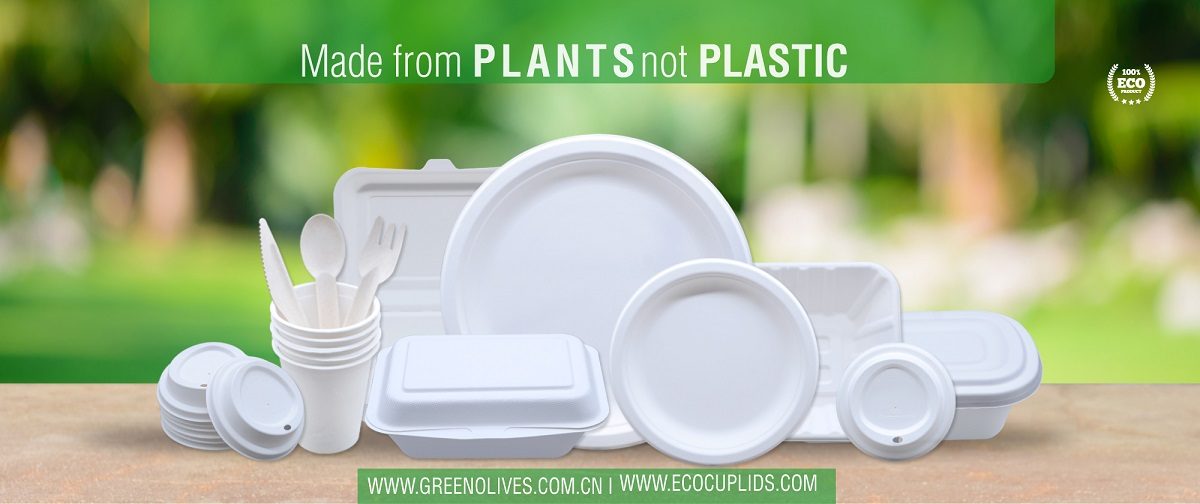Global Leading Automatic
Production Base of Eco Cup Lids
Production Base of Eco Cup Lids
We are facing food waste and the same time facing severe single use plastic waste problems and among which a great percentage of waste comes from food packaging waste.

As the pass away of the Chinese Agronomist Yuan Longping in May 22, the Father of Hybrid Rice, who is best known for developing the first hybrid rice varieties in the 1970s and helping ensure food security in the country, the topic of food security and food waste became hot topic again.
America wastes roughly 40 percent of its food. 1 Of the estimated 125 to 160 billion pounds of food that goes to waste every year, much of it is perfectly edible and nutritious.
Though we are in modern world, still world food crisis is severe. The 2021 Global Report on Food Crises (GRFC 2021) highlights the remarkably high severity and numbers of people in Crisis or worse (IPC/CH Phase 3 or above) or equivalent in 55 countries/territories, driven by persistent conflict, pre-existing and COVID-19-related economic shocks, and weather extremes. The number identified in the 2021 edition is the highest in the report’s five-year existence.

We are facing food waste and the same time facing severe single use plastic waste problems and among which a great percentage of waste comes from food packaging waste.
Modern food packaging provides a way to make food safe, reliable, shelf-stable and clean. Unfortunately, most food packaging is designed to be single use and is not recycled. 1 Instead, packaging is thrown away and often litters our waterways. Because so much food packaging (especially plastic) has ended up in waterways, the United Nations has declared the plastic pollution of oceans “a planetary crisis.”This is a problem not only for humanity, but for all aquatic life. There are other environmental impacts from food packaging as well, including to our air and soil.

Water and Land Pollution from Food Packaging
After it is used, most packaging is discarded and is either buried in a landfill or becomes litter that is carried along by wind and water currents into the environment. Packaging sent to landfills, especially when made from plastics, does not degrade quickly or, in some cases, at all, and chemicals from the packaging materials, including inks and dyes from labeling, can leach into groundwater and soil.
There is so much accumulated plastic in terrestrial and water ecosystems (by some estimates, 8300 million metric tons of plastic has been produced since around 1950) that some scientists view plastic accumulation as a “key geologic indicator” of our current geological time period (the Anthropocene).
Litter--especially of the plastic variety- often makes its way to the furthest reaches of the planet, where it threatens human, avian and marine life. In the oceans, the problem has become so acute that the United Nations chief of oceans has declared plastic pollution of our oceans a “planetary crisis’’
The severe impacts of plastic on the environment are not limited to ocean pollution, however. One study estimated that one third of all discarded plastic ends up in soil or in freshwater.Some scientists believe that microplastic (plastics less than five millimeters) pollution in soils around the world is an even more severe problem than microplastic plastic pollution in our oceans — an estimated four to 23 times more severe, depending on the environment. Microplastics in soil have a number of detrimental effects, including impacting the behavior of soil fauna like earthworms and carrying disease.

While it may be hard to find unpackaged food, opportunities to choose packaging that is less harmful to animals, people and the environment do exist.
Like plant-fiber food packaging products made of natural sugarcane pulp, a by-product of sugar processing. A totally recycled resources that can be reclaimed quickly and carbon neutral product that leave no harmful substances even it’s degraded in the soil, it will turn into rich fertilizer after degraded.
Green Olive is striving for reducing single use plastics by providing innovative plant fiber packaging items that are plastic free, including takeout containers, cups and lids, bowls and plates, food trays,etc. All are made of sugarcane bagasse pulp not plastics. It’s convenient for food and beverage on the go and daily uses. It’s certified by TUV for industrial compost as per the standards of ASTM D6400 and EN13432, food grade safe material and have no harm to human body during using and no hazardous substance or gas release to the air and soil after disposal. It’s an ideal replacement of single use plastics.
For more inquiries, please contact us by sending email to:[email protected]
Read our deep-dive report on the environmental and health impacts of food packaging
